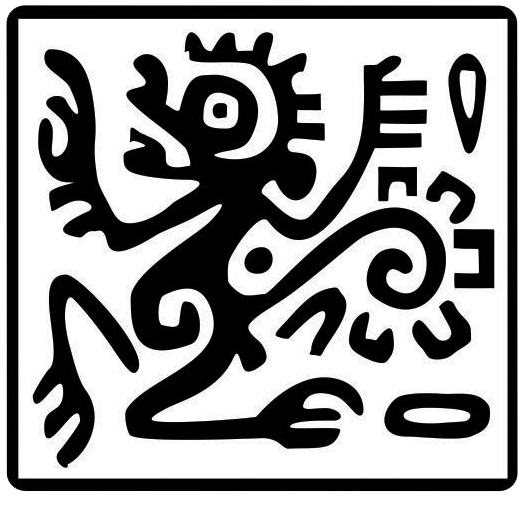A dietary analysis of Phyllostomus discolor with potential evidence of mammal predation
Abstract
Phyllostomus discolor is considered an omnivore, with a high consumption of nectar. The consumption of vertebrates has never been documented in P. discolor. However, there is a documented attack on Eptesicus furinalis, and frog remains were found under a colony of this bat. We obtained a fecal sample from P. discolor, which contained a potential record of mammal predation. The main objective of this study was to compare this sample with the anatomy of some small mammals occurring in the Chocó, as well as report other findings from this sample. We contrasted a part of the sample with photographs of bats and rodents’ claws. We applied a PCA analysis to compare this part of the sample with bat and rodent claw sizes. We used field guides and literature to identify insects, seeds, and minerals. The sample contained insects, gravel, one seed, hair spines, and a claw. The spines found were morphologically more related to the spines identified in Neacomys marci in comparison to Heteromys australis. Although the claw shape-size was similar to N. marci, some bats had a similar appearance, and the differences were small. This note would represent the first potential record of P. discolor hunting a mammal in natural conditions, but we recommend further analyses and comparisons on its dietary composition.
Copyright (c) 2024 Therya Notes

This work is licensed under a Creative Commons Attribution-NonCommercial-NoDerivatives 4.0 International License.
THERYA NOTES is based on its open access policy allowing free download of the complete contents of the magazine in digital format. It also authorizes the author to place the article in the format published by the magazine on your personal website, or in an open access repository, distribute copies of the article published in electronic or printed format that the author deems appropriate, and reuse part or whole article in own articles or future books, giving the corresponding credits. The Creative Commons CC BY-NC-SD license is used.![]()









